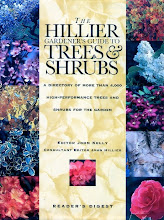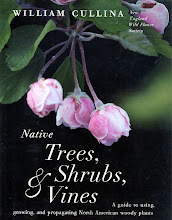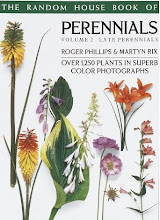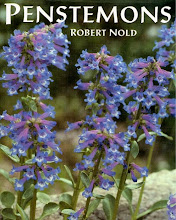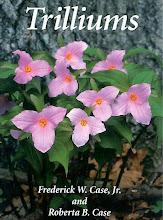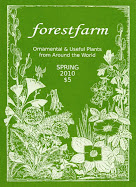You can’t get very far as a gardener without using Botanical Latin. Even names you take for granted (Gladiolus, Nasturtium, Rhododendron) are Latin. It is fun & useful to know the common names of plants. Latin names are essential.
Every plant has at least 2 names; the genus & the species. Sometimes there are additional names for subspecies, varieties & cultivars.
The plural of genus is genera. The plural of species is species. These are abbreviated as sp. for species singular & spp. as species plural. Subspecies is abbreviated as ssp., variety as var.
When writing Botanical Latin, capitalize the genus but not the species, subspecies or variety.
Do not worry about mispronouncing Latin names. Each name is pronounced many ways. Listen to people say a name. Pronounce it the way most do, or the way that sounds most pleasing to you.
It is proper to pronounce latinized surnames (Franklinia, Lobelia, Weigela) as they are in the original language. This is seldom done, for obvious reasons. How many foreign languages can you correctly pronounce?
Cultivar names are almost always not Latin. This is now a rule for naming cultivars. Some Latin cultivar names (‘Alba’, ‘Nana’, ‘Variegata’) were retained from the past. Cultivar names are capitalized & enclosed in single quotation marks.
Buy a dictionary of Botanical Latin to learn the meaning of plant names & for whom plants were named. You may be surprised to read that many Botanical Latin names are Greek (Iris, Hydrangea, Narcissus).
Recommended Reference Book:
Stearn’s Dictionary of Plant Names for Gardeners
William T Stearn
Cassell Publishers
The Ferrante garden, during the 2025 Study Weekend
-
Jenn Ferrante's garden was my second stop on the first day of the 2025 HPSO
Study Weekend. I've been to this garden before, first in 2014 with the
Garden C...
1 day ago






































